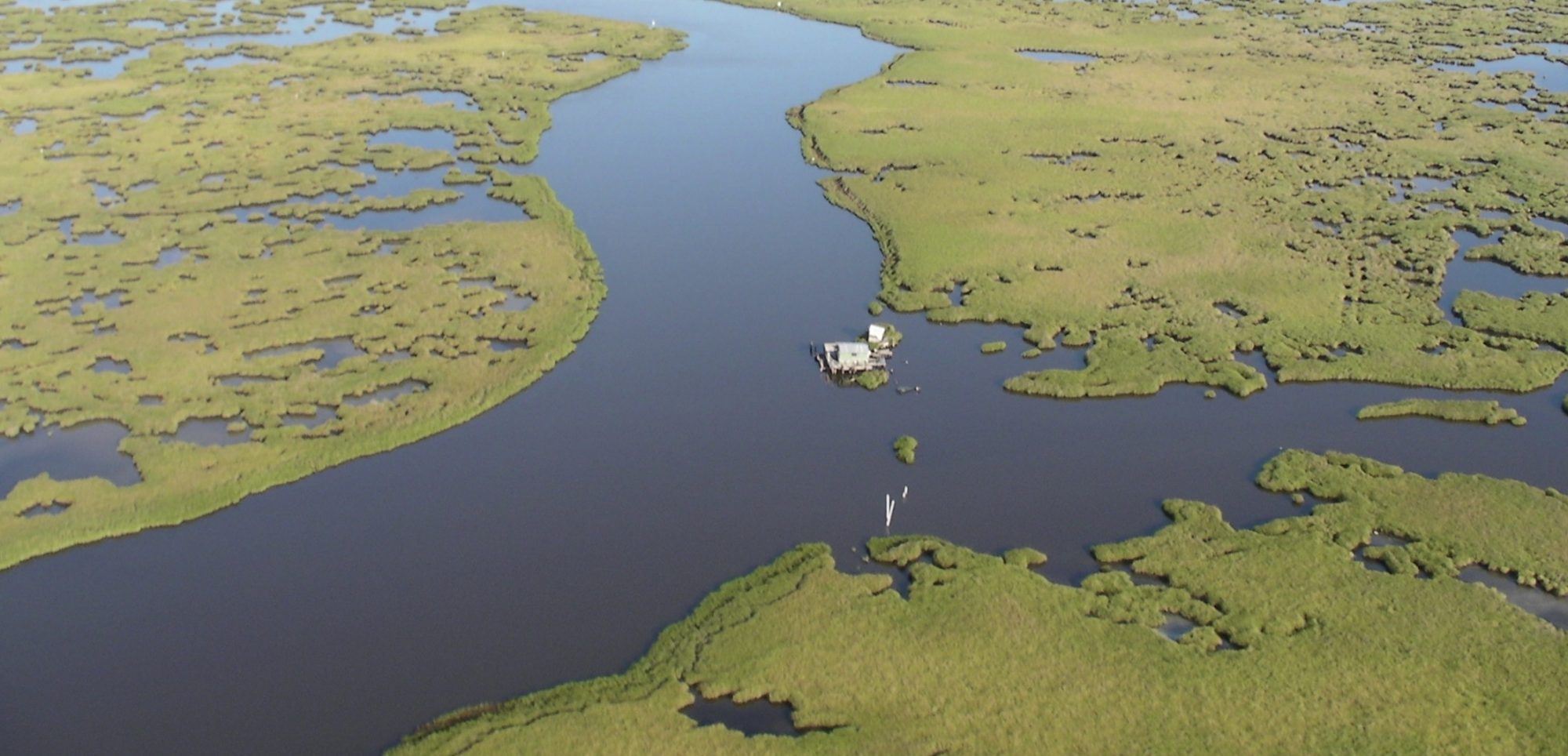
M.S. Candidate, University of Maryland
Conference Travel Grant Type 2 (9th INTECOL International Wetlands Conference)
Vegetation and Disturbance as metrics of Success in Wetland Restorations in Agricultural Areas of the Mid Atlantic Coastal Plane
“Vegetation responds rapidly to changes in management, physical disturbance, and environmental conditions, making it a useful parameter for comparing wetlands that have experienced different degrees of alteration. Furthermore, vegetation composition, structure, and productivity are integral to many other wetland functions, including biodiversity maintenance, nutrient processing, hydrology, sediment trapping, carbon cycling, and fish and wildlife habitat and population support. As part of a multi-investigator project to assess the effectiveness of USDA-NRCS conservation measures in agricultural lands (CEAP), this study compares the ability of restored wetlands to support native and diverse plant communities with that of natural wetlands. Forty-eight isolated depressional wetlands in Maryland, Delaware, Virginia, and North Carolina were chosen for study. Sites are evenly divided between natural (reference site), prior converted (farmed), and restored wetlands. Each site was visited during the peak of the 2011 growing season and sampled for vegetation diversity using randomly selected 10×10-m plots. Data will be analyzed for floristic quality (FQA) and FAWwet), species richness and evenness, evidence of plant succession, and percentage of non-native species. Soil samples were taken from each plot to look for a correlation between plant diversity and soil carbon-to-nitrogen ratios. In order to quantify vegetation productivity at each site, above ground biomass of herbaceous vegetation was sampled in two 1×1-m plots within each 10×10-m plot and the basal area and height of woody vegetation was calculated. An Anthropogenic Activity Index (AAI) worksheet was completed to assess the level of continued disturbance at each site. Preliminary results indicate that there is very little overlap in the species composition across the three wetland classes and the species composition of wetlands within each class was also highly variable. Soils at the reference sites had more organic matter in the upper 6 cm than soils at prior converted or restored wetland sites. The results from this research will be used to assess wetland conservation and management practices in agricultural lands in the mid-Atlantic region and support national models designed to influence management of wetlands in agricultural landscapes.”
